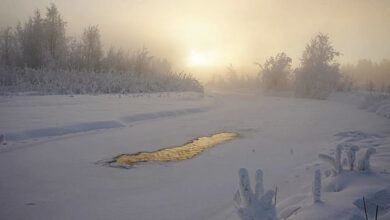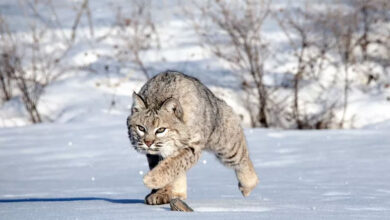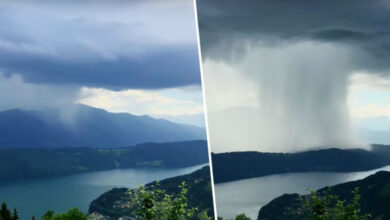Will Summer Nights Lose Their Sparkle? The Truth About Fireflies and Their Disappearing Glow
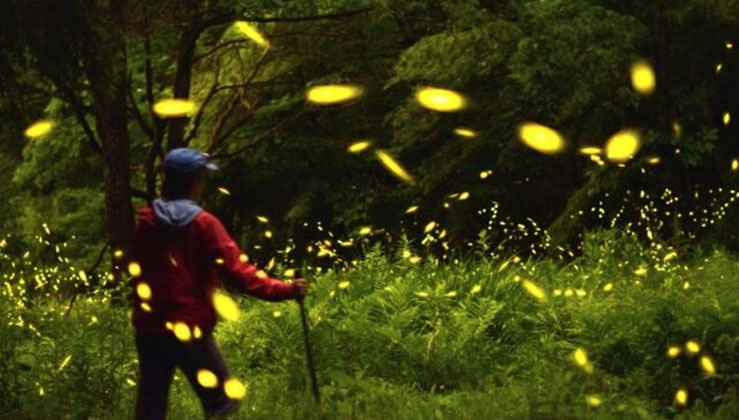
Are fireflies vanishing before our eyes? A major 2024 study reveals worrying declines in firefly populations across North America—but there’s still hope for their magical glow.
Are We Watching Fireflies Fade Away?
Each summer, fireflies light up fields and backyards across North America, adding a touch of magic to warm evenings. But according to a growing body of research and a recent viral claim, we might be the last generation to witness this sparkling phenomenon. Is it true that fireflies are on the brink of disappearing? A comprehensive 2024 study published in Science of The Total Environment collected over 24,000 surveys from Firefly Watch, a citizen science initiative tracking firefly activity. The findings reveal a significant decline in firefly populations across North America, particularly in regions east of the Rocky Mountains. While the data is sobering, scientists and conservationists remain hopeful that we can reverse the trend—if we act now.
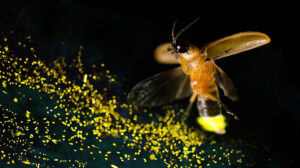
Fireflies and Their Fragile Habitats
Fireflies thrive in wet, humid environments like meadows, marshes, and forest edges—areas rich in standing water and long grasses. These settings are essential during mating season, as many species rely on specific moisture and light conditions to complete their life cycles. Unfortunately, these critical habitats are shrinking. The study links this trend to changing climate patterns, ranging from short-term weather shifts to long-term global warming. “Subtle changes in climate patterns, especially related to temperature, are significantly impacting firefly breeding cycles and habitat quality,” explains Dr. Darin McNeil, lead researcher and assistant professor of wildlife ecology and management at the University of Kentucky.
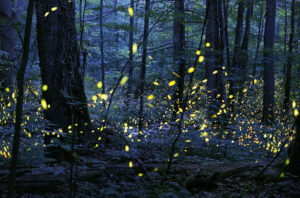
The Growing Threats Fireflies Face
In addition to climate stress, fireflies are losing their homes to human expansion. Urban development not only destroys natural habitats, but also introduces toxic pesticides and artificial lighting into ecosystems. These environmental stressors pose a serious threat to firefly biodiversity. Some species are especially vulnerable. For instance, the Bethany Beach firefly in Delaware is restricted to salt marshes, which are rapidly disappearing due to beachside development. Without its narrow habitat, this species could vanish entirely. Artificial lighting adds another layer of risk. “Firefly larvae, which live in the soil, are particularly vulnerable to changes in light exposure,” says McNeil. “Light pollution can disrupt their developmental cycles and reduce survival rates.” Larvae depend on dark, moist soil rich with prey like snails and slugs—conditions increasingly rare in suburban environments. The research confirms that many firefly species avoid brightly lit areas, further limiting where they can safely thrive.
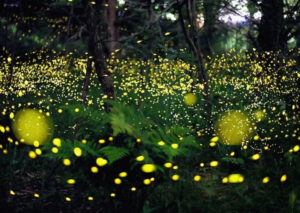
Lighting the Way Forward
Despite these challenges, the 2024 study outlines clear steps we can take to protect fireflies. Simple actions—like reducing outdoor lighting, preserving wetlands, avoiding chemical pesticides, and supporting native vegetation—can help create welcoming environments for fireflies to survive and flourish. “Fireflies are disappearing in many areas due to habitat loss,” says Ben Pfeiffer, founder of Firefly Conservation & Research and a Texas-certified master naturalist. “But they’re doing well in places where they are protected.”
Pfeiffer stresses that while we may continue to see common firefly species like Photinus pyralis, which can adapt to a range of conditions, more specialized and rare species are at greater risk. These unique fireflies, often confined to narrow habitats, represent the biodiversity that is most under threat.

A Future That Still Glows
Although the firefly’s future is uncertain, it’s not without promise. Public awareness, scientific research, and local conservation efforts are already making a difference. With commitment and care, we can ensure that the glowing dance of fireflies continues to enchant summer nights for generations to come. So no, we’re not necessarily the last generation to grow up with fireflies—but we might be the ones responsible for making sure they don’t disappear.

